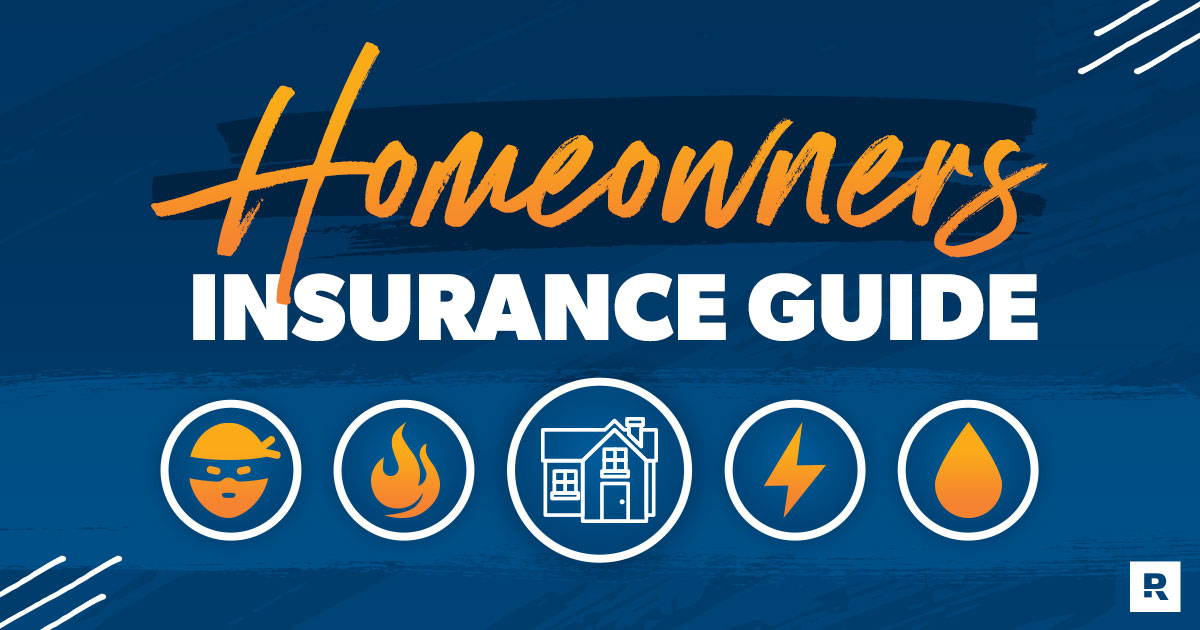Texas Homeowners Insurance Comparison Guide: How to Choose the Best Policy
Choosing the right homeowners insurance policy in Texas can be challenging. With diverse weather risks ranging from hurricanes to hailstorms, it’s essential to have adequate protection for your property. This guide will walk you through the key factors to consider when selecting the best homeowners insurance in Texas, provide a comparison of top insurers, and outline the coverage options to ensure you’re well-informed.
1. Key Factors to Consider When Choosing a Homeowners Insurance Policy in Texas
- Coverage Needs: Basic policies cover damage from perils like fire, theft, and some types of storms, but Texas homes may also need additional protection for flood and wind damage, especially in coastal areas.
- Premium Costs: Texas is known for higher-than-average insurance premiums due to frequent natural disasters. It’s essential to get quotes from multiple providers to compare premium rates, but also weigh the cost against the coverage quality.
- Deductibles: Texas insurers often have separate wind/hail and hurricane deductibles. A higher deductible generally means a lower premium but greater out-of-pocket expenses if you need to make a claim.
- Customer Service and Claims Process: Reading customer reviews and ratings can give insight into the reliability of an insurer. Texas is prone to severe weather, so a company’s claims processing time and customer service quality are critical.
- Discounts and Bundling Options: Many insurers offer discounts for safety features, loyalty, or bundling with other policies like auto insurance. Ask about any discounts to potentially lower your premium.
2. Coverage Types to Consider
Texas homes face risks from severe weather events, so homeowners should consider additional coverage options alongside standard policies:
- Flood Insurance: Not typically included in standard policies, and crucial for homeowners near the coast or in flood-prone areas. This may require a separate policy through the National Flood Insurance Program (NFIP) or a private provider.
- Windstorm Insurance: Standard homeowners policies may not cover wind and hail damage in coastal areas. Some Texas homeowners need a separate windstorm policy through the Texas Windstorm Insurance Association (TWIA).
- Replacement Cost vs. Actual Cash Value: Replacement cost coverage reimburses you for rebuilding or repairing at current market rates, while actual cash value only covers the depreciated value. Replacement cost coverage is ideal for full protection.
- Personal Property Coverage: Consider higher limits if you own valuable items, as standard policies may only cover personal property up to a certain amount.
- Liability Protection: This protects against personal liability if someone is injured on your property. Texas homeowners with pools, dogs, or other potential hazards should look for higher liability limits.
3. Comparison of Top Texas Homeowners Insurance Providers
Here’s a breakdown of some of the top-rated homeowners insurance companies in Texas, highlighting their coverage offerings, strengths, and potential drawbacks:
| Company | Key Strengths | Potential Drawbacks | Average Annual Premium |
|---|---|---|---|
| State Farm | Comprehensive standard coverage, solid customer service, customizable options | Limited discounts for older homes | $1,700 |
| Allstate | Strong discount options, extensive online tools and resources | Higher premiums in coastal areas | $1,800 |
| Farmers | Good claims satisfaction, multiple customizable coverage options | Average to high premiums | $1,900 |
| Liberty Mutual | Good discounts for safety features, high customer satisfaction | May require separate policies for flood and windstorm | $1,750 |
| USAA (for military families) | High ratings for claims and customer service, competitive premiums | Limited to military families | $1,400 |
Average premiums may vary depending on location, property specifics, and individual circumstances.
4. Tips for Finding the Best Texas Homeowners Insurance Policy
- Compare Multiple Quotes: Texas premiums vary significantly between insurers due to regional risk assessments, so comparing quotes can save you money.
- Understand Policy Exclusions: Ask insurers about any exclusions, especially concerning flood and windstorm coverage, as many Texas policies require separate coverage.
- Consider the Deductible Structure: Opt for a deductible that balances affordability with adequate coverage, particularly for wind and hurricane damage.
- Research Insurer Reputation: Look up each company’s ratings with J.D. Power, AM Best, and the Texas Department of Insurance to gauge financial stability and customer satisfaction.
- Consult with an Agent: An insurance agent familiar with Texas can offer guidance on essential coverage types for your specific region, like windstorm or flood insurance for coastal properties.
5. Understanding Texas-Specific Homeowners Insurance Risks
Texas faces several unique weather risks:
- Hurricanes and Tropical Storms: Along the Gulf Coast, hurricane damage is a significant concern. Many insurers require a separate deductible for hurricane-related damages, and some may not cover it under the standard policy.
- Flooding: Texas has a high incidence of flooding due to hurricanes and flash floods. Consider a separate flood insurance policy even if you’re outside FEMA-designated flood zones.
- Hail and Windstorms: Common in northern and central Texas, windstorm damage may not be fully covered by standard policies. Check if additional windstorm coverage is necessary.
Conclusion
Choosing the best homeowners insurance policy in Texas involves assessing your property’s risks, understanding available coverage options, and comparing providers based on cost, reputation, and claim-handling processes. With a wide range of weather-related risks, Texans benefit from policies that cover wind, hail, and flood damage, along with standard fire and liability protections. By carefully comparing policies and asking about Texas-specific coverage, you can ensure your home is well-protected against the unique challenges of Texas weather.
